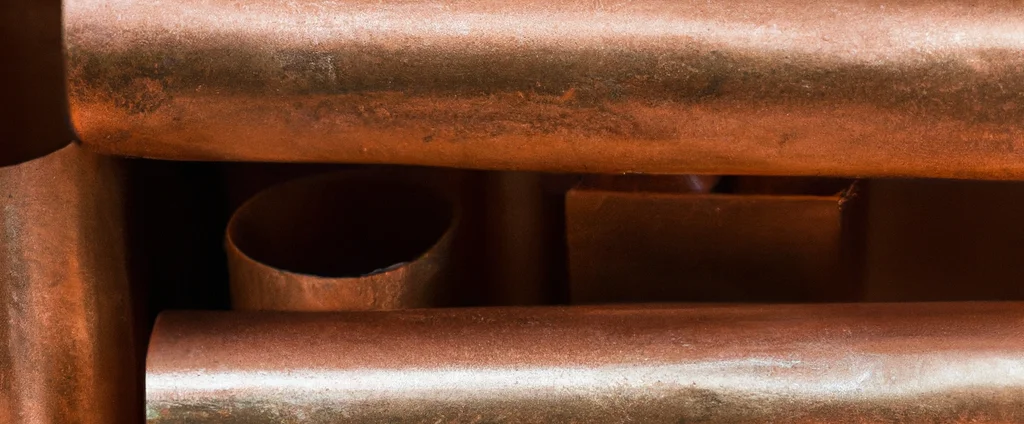Bronze (UNS C22000)

Bronze C22000, also known as commercial bronze, is a copper-zinc alloy with excellent formability and corrosion resistance. Known for its golden color, high electrical conductivity, and durability, it’s widely used in architectural, marine, and electrical components.
| Chemical Composition | ||
|---|---|---|
| Element | Min | Max |
| Copper | 89.0% | 91.0% |
| Iron | —— | 0.05% |
| Lead | —— | 0.05% |
| Zinc | —— | Remainder |
The following table provides a list of bronze C22000 properties in both SI and US customary/Imperial units.
Click on the button to switch between Metric and Imperial units.
| Physical Properties | Metric |
|---|---|
| Density | 8800 kg/m3 |
| Mechanical Properties | Metric |
| Tensile Strength (Ultimate) | 260 - 520 MPa |
| Tensile Strength (Yield) | 69 - 500 MPa |
| Shear Strength | 200 - 300 MPa |
| Young’s Modulus (E) | 115 GPa |
| Shear Modulus (G) | 44 GPa |
| Elongation at Break | 20% |
| Poisson’s Ratio (ν) | 0.33 |
| Thermal Properties | Metric |
| Melting Point | 1020 - 1045 °C |
| Thermal Conductivity | 190 W/m·K |
| Specific Heat Capacity (Cp) | 390 J/kg·K |
| Coefficient of Thermal Expansion (αL) | 1.8×10-5 1/°C |
| Electrical Properties | Metric |
| Electrical Conductivity | 2.6×107 S/m |
| Electrical Resistivity | 3.9×10-8 Ω·m |
The values in this table are approximate and can vary depending on various factors such as the specific manufacturing process and heat treatment applied to the alloy.
Advantages & Disadvantages of Bronze C22000
| Advantages | Disadvantages |
|---|---|
| Excellent formability | Limited resistance to certain chemicals |
| Corrosion resistance | Relatively low melting point |
| Electrical conductivity | Higher cost compared to other copper alloys |
| Durability and strength |
Applications of Bronze C22000
Bronze C22000 has a range of applications due to its favorable properties. Key applications include:
- Architectural and decorative elements: Its attractive golden color and corrosion resistance make it popular for architectural trim, decorative hardware, and ornamental elements in buildings and monuments.
- Electrical and electronic components: The high electrical conductivity makes it suitable for electrical connectors, terminals, switches, and other components where efficient electrical conductivity is required.
- Plumbing fittings: Excellent corrosion resistance and formability make it a suitable choice for plumbing fittings, including faucets, valves, couplings, and pipe fittings.
- Musical instruments: Used in the manufacturing of musical instruments, particularly brass instruments like trumpets, trombones, and saxophones, due to its malleability, resonance, and attractive appearance.
- Bearings and bushings: Good wear resistance and self-lubricating properties make it suitable for bearings, bushings, and other applications where low friction and durability are important.
- Marine applications: Resistance to corrosion in marine environments makes it suitable for various marine applications, including boat fittings, propellers, and underwater hardware.
